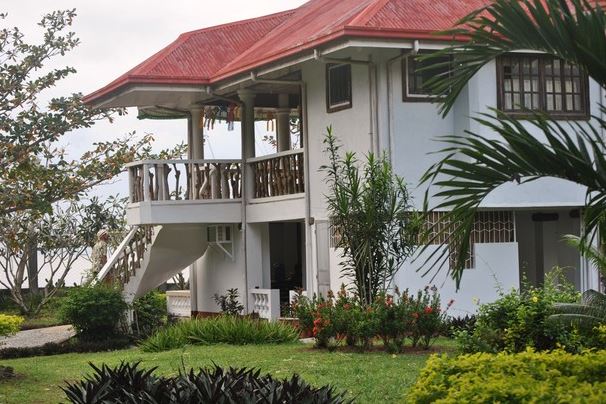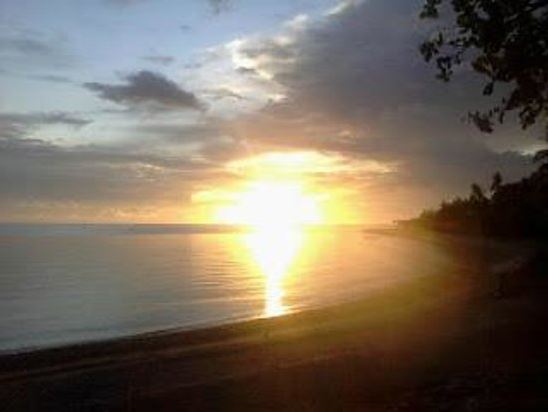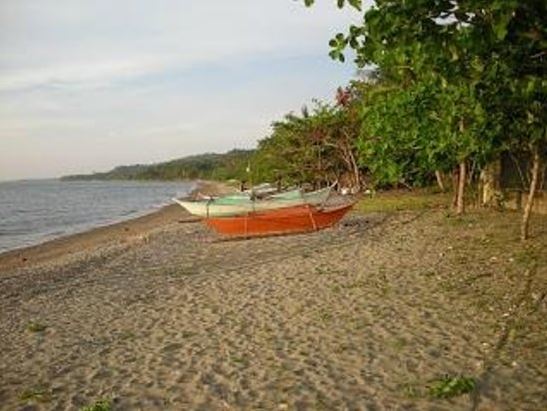http://theguardsman.com/7_culture_soma-pilipinas_ticsay/
Last January when Dinah and I visited my grand daughter, Alix, in San Francisco she treated us to Dim Sum at HK Lounge Bistro located at Fremont and Eight Streets. On our way to the restaurant she mentioned that a few blocks from the restaurant had been designated as SoMa Filipinas in honor of Filipino-Americans in San Francisco. I was not really inform on this so I did some search and I am happy to post it for your information on the history of Filipino- Americans in the San Francisco Bay Area( Wikipedia).

"One of the earliest records of a Filipino settling in the San Francisco Bay Area occurred in the mid-19th century, when a Filipino immigrant and his Miwok wife settled in Lairds Landing on the Marin County coast; many Coast Miwok trace their lineage to this couple. Significant migration began in the early 20th century, including upper-class mestizo businessmen, mariners, and students (known as pensionados). Another group of Filipinos who immigrated to the Bay Area was war brides, many of whom married African-American "buffalo soldiers". Additionally, other immigrants came through the U.S. Military, some through the Presidio of San Francisco, and others as migrant workers on their way to points inland; many of these Filipinos would settle down permanently in the Bay Area, establishing "Manilatown" on Kearny Street (next to Chinatown). At its largest size, "Manilatown" was home to at least 10,000,]the last of whom were evicted in August 1977 from the International Hotel. After 1965, Filipinos from the Philippines began immigrating to San Francisco, concentrating in the South of Marketneighbourhood.
In 1970, the San Francisco-Oakland metropolitan area had the largest population of Filipinos of any metropolitan area in the continental United States—44,326. Two other nearby metropolitan areas also had a population of Filipinos greater than 5,000 in 1970, San Jose , and Salinas-Monterey (6,147).
Due to a change in the ethnic make up of the Yerba Buena neighborhood, and with the construction of the Dimasalang House in 1979, four street names were changed to honor notable Filipinos. By 1990, 30% of the population in South of Market was Filipino American.
The 2000 Census showed that the greater San Francisco Bay Area was home to approximately 320,000 residents of Filipino descent, with the largest concentration living in Santa Clara County. In the mid-2000s Filipino Americans were between one fifth and one fourth of the total population of Vallejo, having been drawn there by agriculture and Mare Island Naval Shipyard. In 2007, there were about a hundred thousand Filipino Americans living in the East Bay alone.
By the time of the 2010 Census the greater San Francisco Bay Area was home to 463,458 Filipino Americans and multiracial Filipino Americans; Santa Clara county continued to have the largest concentration in the area. In 2011, 9% of all Filipino immigrants to the United States reside in the San Francisco metropolitan area, and an additional 3% resided in the San Jose metropolitan area. Daly City, in the San Francisco Bay Area, has the highest concentration of Filipino Americans of any municipality in the U.S.; Filipino Americans comprise 35% of the city's population.
In 2016, although the number of Filipinos living within the City of San Francisco has been reduced, a heritage district was designated "SoMa Pilipinas". For details on SOMA PILIPINAS visit:
https://www.somapilipinas.org/
Happy St Tib's Day/Leap Day to All
Why is leap day every four years?
The reason there are leap days, and years, is because of the Earth's orbit.
The amount of days it takes for the Earth to complete a full revolution around the Sun is not a whole number. The 365 days we experience is actually 365.242190 days, according to the National Air and Space Museum.










































